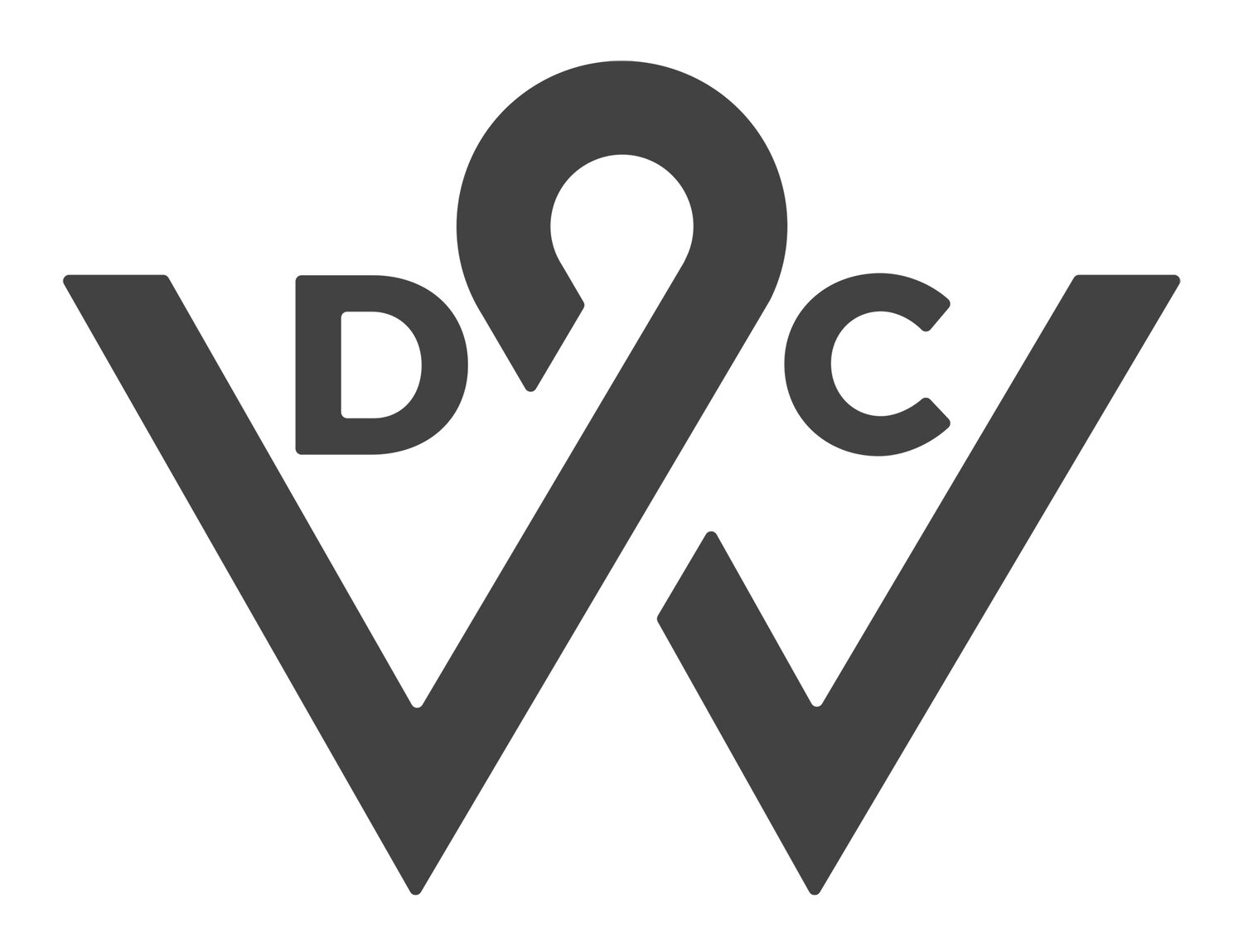How do you foster the conditions for creativity to thrive?
by John Owen
The Pipe & Slippers at Dare: a space to connect
As more and more businesses bring creative communications & design services in house, common challenges are emerging.
At WDC, we advocate the use of in-house agencies on the grounds that they bring a number of advantages – not just reduced costs, but also greater speed of turnaround and proximity to the business, in a world where consumers demand more of brands, faster than ever before.
But we’re also very clear that there are a number of challenges to running a successful In House Agency (IHA) – operationally, there is often little experience within the host business of how to manage such creative enterprises, while culturally, there is almost inevitably a tension between the corporate mothership and the creative talent the IHA needs to attract and retain.
It’s this cultural challenge we’re going to concern ourselves with here. (See our Troubleshooters series for operational tips and insights).
The fact is that creativity thrives under certain conditions and is hampered under others. Understanding what helps and what hinders the creative process is vital if you want to generate creative outputs.
The best creative thinking is often illogical, irrational and playful, as Rory Sutherland so brilliantly demonstrates in his book, Alchemy.
Unfortunately, business convention tends to be quite “left brained” – logical, rational, serious – and is suspicious of anything that does not adhere to these qualities. So, tolerating and even encouraging non-consensual thinking and behaviours is a massive challenge in most corporate cultures.
But if you’re not prepared to do this, then you’re already making a strong argument for continuing to outsource your creative services. Without the will to enable a creative sub-culture in your IHA, you risk wasting time, money and nervous energy on a project that is likely to fail.
This series of posts is for those of you who have already taken the plunge, or who are thinking seriously about doing so. It takes a look at the different conditions of creativity – what they are, why they matter, and how to foster them.
The list we will run through over the course of this series is not intended to be exhaustive or definitive. Like its subject matter, Conditions of Creativity is designed to be experimental – an iterative meditation on the factors which help liberate creative minds.
Your own views and experiences are most welcome as inputs to this meditation. The more contributions we get, the more valuable this will become.
Conditions of Creativity #1
Connectedness
There’s no single “right” definition of the term “creativity”. But there’s a central theme that resonates with me and it’s one best summarised by this quote from Steve Jobs:
“Creativity is just connecting things. When you ask creative people how they did something, they feel a little guilty because they didn’t really do it, they just saw something. It seemed obvious to them after a while. That’s because they were able to connect experiences they’ve had and synthesize new things.”
If you accept that creativity is about connecting things, it follows that the most striking creative ideas are born of the most unusual or surprising connections. That’s true of nearly all Apple’s great innovations from the original Apple I circuit board (which hooked early personal computing technology to a QWERTY keyboard and a TV screen) to the iPhone (a mash-up of tablet PC, iPod and smartphone). A great many other innovations are also recombinant i.e. new combinations of existing ideas and technologies.
James Webb Young: theorised how ideas are made
This is not exactly a revolutionary insight. As long ago as 1939, James Webb Young, a JWT executive and the first chairman of the Advertising Council, wrote:
“An idea is nothing more or less than a new combination of old elements.”
Artists, novelists, writers, musicians and designers all do a similar thing. Some, like Brian Eno and David Bowie, developed systems and techniques for initiating and harnessing new and often random stimuli to feed their creativity.
David Bowie: cut up words to make random connections
Others may do it unconsciously, relying instinctively on their curiosity and the thrill they feel when they encounter something which sparks a new possibility in their mind.
Either way, the fact is new ideas don’t just come out of the ether. You have to immerse yourself in a wealth of diverse experiences, not always for any obvious reason. You have to explore a lot of blind alleys and spend time in ways that would not be immediately recognisable as “work” and which does not generate any measurable “return” on the investment represented by your salary.
But, in a creative culture, people don’t just do this sort of thing in their own time. They do it, quite legitimately, as part of what they’re paid for. They talk to each other about what excites them – from art to games to TV shows to technology – and often this has no immediate bearing on the brief they’re currently occupied with.
At the very least, this provides respite while their unconscious minds incubate the problems and ideas they’ve been working on, leading to better, clearer thinking when they return to the task-at-hand. And, at the same time, it feeds their future creativity – providing new references on which they will subsequently draw, at some unspecified time in the future, when it becomes relevant to the latest brief they’ve been assigned.
In such a climate of open exchange, they do also talk about each other’s work. And this sometimes leads to breakthroughs, new ways of seeing problems, new ways of shaping the ideas, scripts and designs which they are in the midst of developing.
This is why creative cultures not only tolerate, but also encourage all sorts of exploration and social connection.
In normal times, they are a hub of conversation, play and mess. At Dare, we moved office three times in a space of maybe 6 years, but we always created physical spaces in our buildings where this sort of connection could happen organically – where people could gather at will to talk about whatever took their fancy. We gave these spaces names, like the Pipe & Slippers or the Crow’s Nest, and made them part of our identity and culture. They were critical to our success in the 2000s, when Dare was named Digital Agency of the Decade by Campaign.
Dare in 2008: we created space for people to connect
One of the challenges of the current pandemic for creative people is that such environments are no longer allowed – and nor are real-world explorations or experiences that would ordinarily provide much-needed stimulus, as Seb Royce has recently written eloquently about.
Post-pandemic, many things we took for granted about work will have changed forever, but the need for creative people to connect, explore and feed their curiosity is not one of them.
For many businesses, though, such creative environments may have the appearance of anarchy.
So, you should ask yourself: can the business I work for tolerate this? How easy will it be to encourage it, facilitate it, defend it? How will I justify it to others in the business? How can I stop it from distracting other teams who work in different, quieter ways? How can I prevent this from causing resentment and friction? And how, in the current working conditions imposed by the Covid-19 pandemic, can we overcome the obvious barriers and at least mitigate the harm they do to the creative process?
These are big questions. We’ll no doubt explore them in future posts. In the meantime, all thoughts are welcome below.
You can also discuss your thoughts & share your own experiences with in-house agency leaders & senior marketers by joining the In-House Agency Leaders Club on Linked In
If you’re already a member, get involved here




